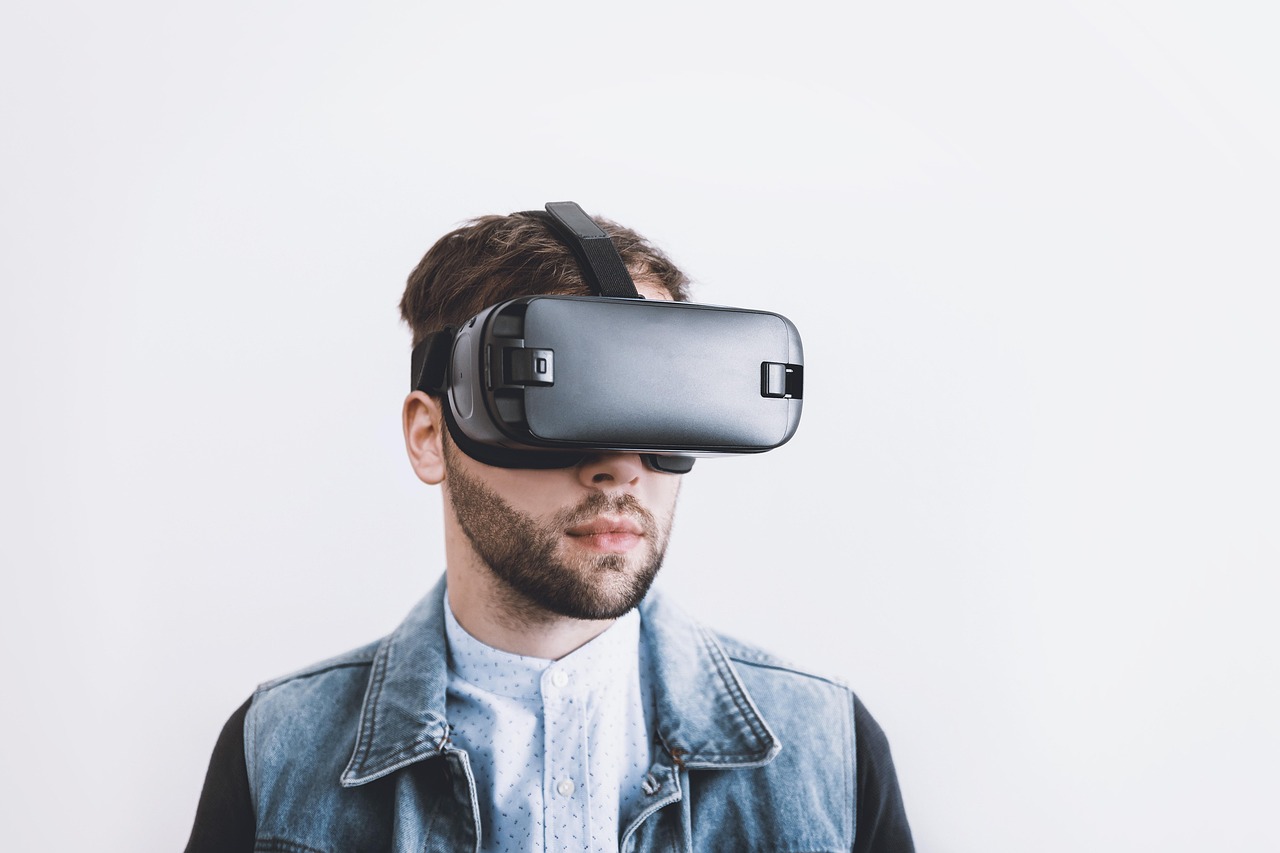The Emergence of Virtual Reality in Gaming:
Virtual reality’s roots can be traced back to the world of gaming. In the early days, VR primarily served as a means to enhance the gaming experience, providing players with immersive and interactive environments. With the advent of head-mounted displays (HMDs) and motion tracking devices, gamers were able to step into virtual worlds and engage with them on a whole new level. Gaming giants such as Oculus Rift, HTC Vive, and PlayStation VR revolutionized the industry by introducing cutting-edge VR hardware and software, allowing gamers to explore virtual realms with a heightened sense of presence.
- Expanding Applications in Entertainment and Media:
As virtual reality technology matured, it began to find applications beyond gaming. The entertainment and media industries quickly recognized the potential of VR to offer unique and captivating experiences. VR films, documentaries, and virtual concerts became popular, enabling viewers to immerse themselves in fictional narratives or witness real-world events from a different perspective. Moreover, VR theme parks and arcades emerged, providing visitors with thrilling adventures and interactive experiences that went beyond traditional gaming. - Transforming Education and Training:
One of the most significant advancements in VR is its integration into education and training. Virtual reality has the power to transport students and professionals into simulated environments, enhancing learning and skill development. Medical students can practice complex surgical procedures in virtual operating rooms, while pilots can undergo flight simulations without leaving the ground. VR also facilitates immersive historical reenactments, architectural visualizations, and language learning, creating engaging educational experiences that promote active participation and knowledge retention. - Revolutionizing Industries:
Beyond entertainment and education, virtual reality has transformed various industries, bringing about significant advancements and improving efficiency. In architecture and construction, VR allows architects and clients to visualize and experience designs before they are built, enabling better decision-making and reducing costly errors. Similarly, the automotive industry utilizes VR for car design and prototyping, creating virtual showrooms, and offering virtual test drives. In healthcare, VR is used for pain management, mental health therapy, and rehabilitation programs, providing patients with immersive experiences that aid in their recovery. - Enhancing Social Interaction and Communication:
Virtual reality has also made strides in enhancing social interaction and communication. Social VR platforms have emerged, allowing users from different parts of the world to connect, communicate, and engage in virtual environments. Virtual meetings and conferences have become more immersive and interactive, enabling remote collaboration and reducing the need for physical travel. VR has also paved the way for virtual tourism, enabling individuals to explore iconic landmarks and destinations from the comfort of their homes.
Conclusion:
From its humble beginnings in gaming to its widespread adoption across industries, virtual reality has evolved into a transformative technology. Its applications have expanded far beyond entertainment, reaching sectors such as education, healthcare, architecture, and more. As VR continues to advance, we can anticipate even more innovative applications and groundbreaking possibilities in the future. Virtual reality is poised to revolutionize the way we experience the world, blurring the lines between the physical and digital realms.
